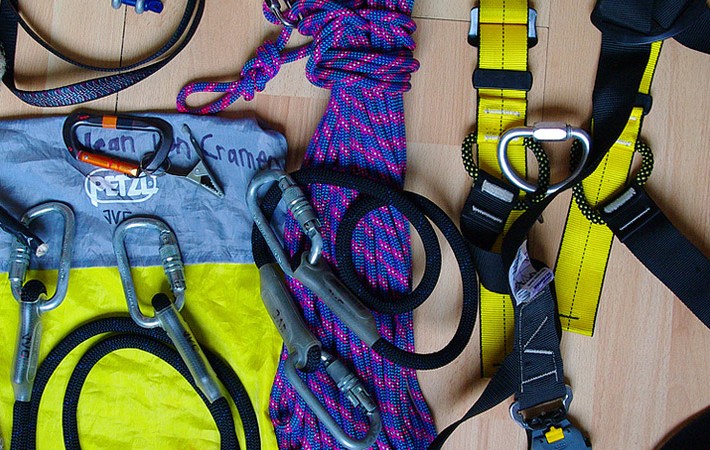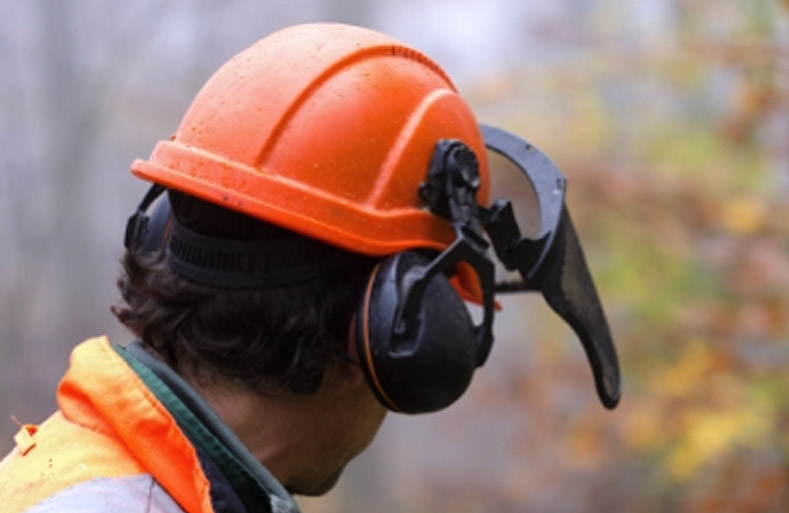One way to reach low safety & health incident rate over time is that the growing involvement of the entire staff, as well as its ability to use its full potential to drive change and achieve the desired results, faster and more efficiently. Training workshops and individual and group coaching practices are proving to be an effective support means to strengthen the skills, resources, creativity, and “the approach of the other” among staff. This is a powerful leverage that accelerates and transformes the safety culture of an organization that wants to be exemplary and winner.

What can we expect?
The current situation should first be put into perspective with improvement opportunities and initiatives, expectations and personal strengths and to know where we want to go. At the end of an accompaniment process, each employee will be able to recognize itsel as a promoter and a contributor to the safety culture of the organization, to better understand its role and impact in its own health and safety management, and develop an empathic attitude, bringing out innovative ideas, both technical and behavioral. He will also be ready to actively participate in the design and launch of a comprehensive and sustainable safety program involving greater participation of up to 1% of hours worked.
Under a safety management system, revisited and certified (OHSAS 18001), the company may wish to establish a safety program based on behavior (called BBS) where several tens of observations and effective per day will be held between the operators on identified safe and at risk behaviours. In a few minutes we will diah logue witno judgment on the origin and consequences of these actions, and the degree of difficulty to lift existing barriers. What emerges is mostly a personal commitment of employees observed to lift themselves to the extent possible or get help. And this is where individual coaching is practiced, with powerfull questions, feedback, reformulations and awareness of the need to change, and the willingness to act with a better perspective and self-understanding.

Believe me, having accompanied several metallurgical plants in the implementation of BBS, this is a very powerful process! About ten factories (5000 people) on which we have worked, over 20% of operators were trained aas observers, hundreds of managers have participated in training and coaching. In six years the number of accidents and their severity decreased by nearly 80%. The involvement of managers was a key factor of the sustainability of this process: an increase of about 10% of the level of manager involvement resulted in a 10% increase of the BBS sustainability index evaluated each year in factories.
In other words
The five tools that we hold to be most helpful in achieving a new safety culture in the companies I worked with were: 1) willingness of leaders, 2) understanding of the current culture, its strengths and barriers, 3) ownership and action with accompanying process 4) strengthening the safety management system by implementing a behavior based safety that we now consider as a “license” to work and 5) leadership with a coaching attitude at all levels of the organization. Indeed leaders communicate their values through what they say and what they do, as our friend Confucius always says, “I was told and I forgot it, I was ??? and I understand, I did it and I learned”.



